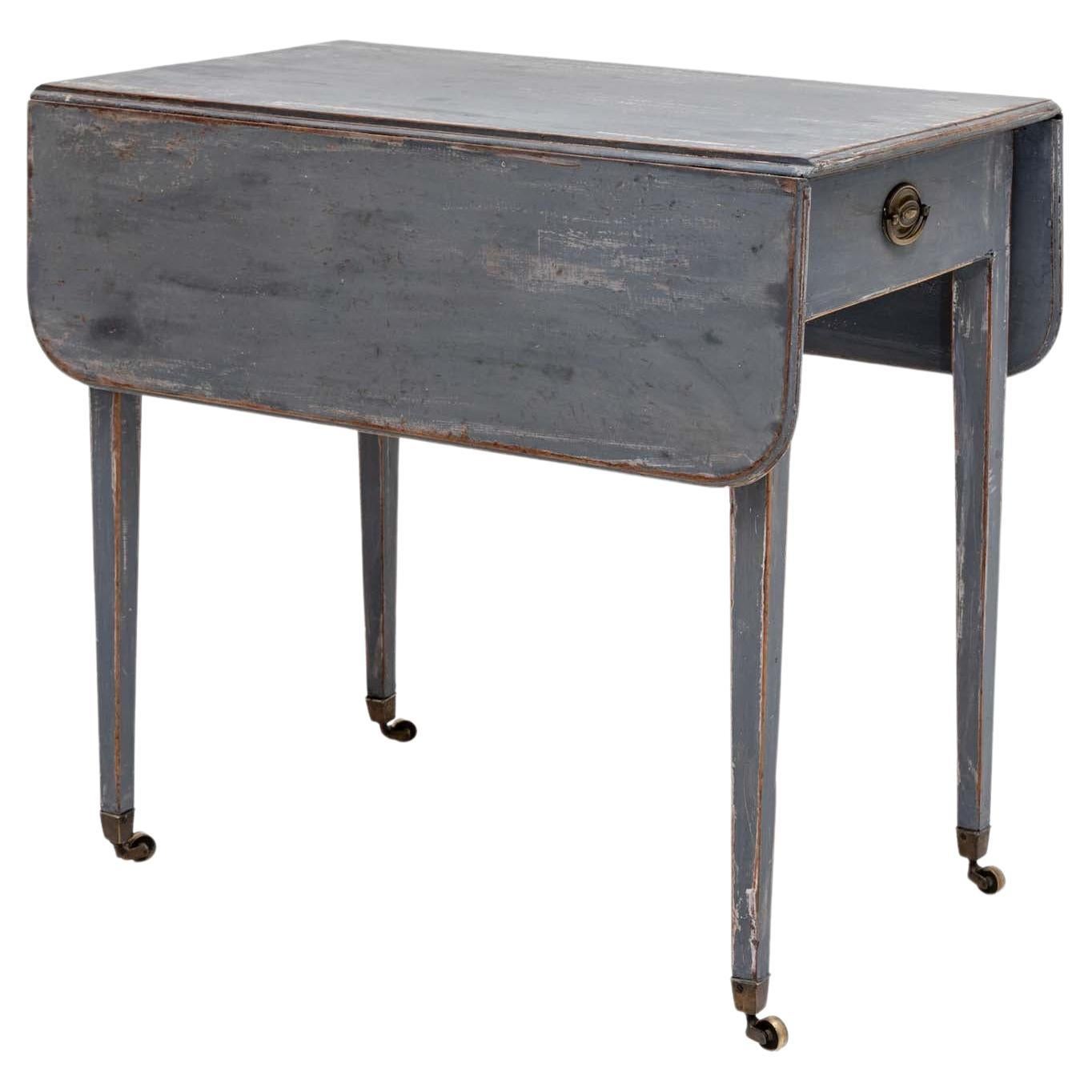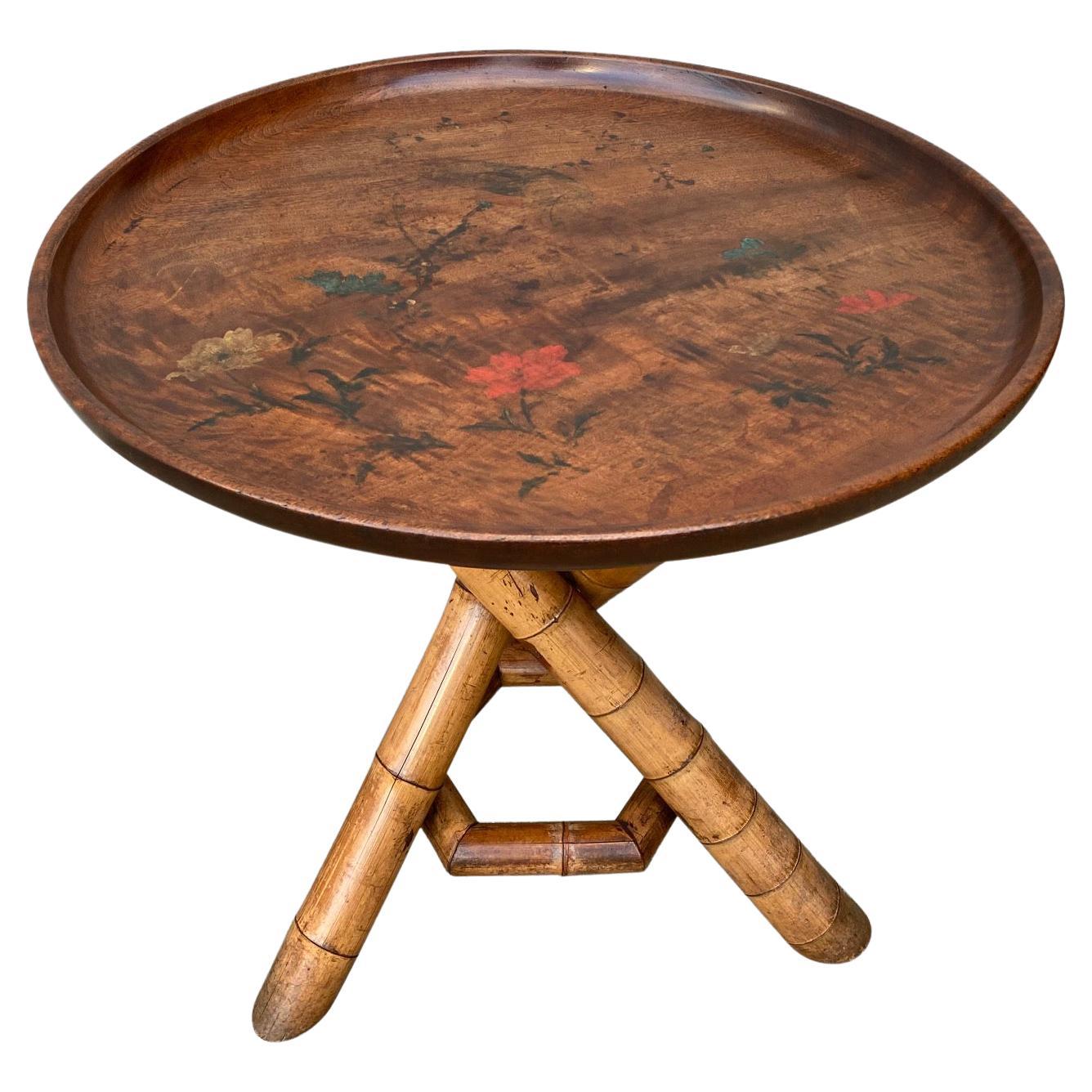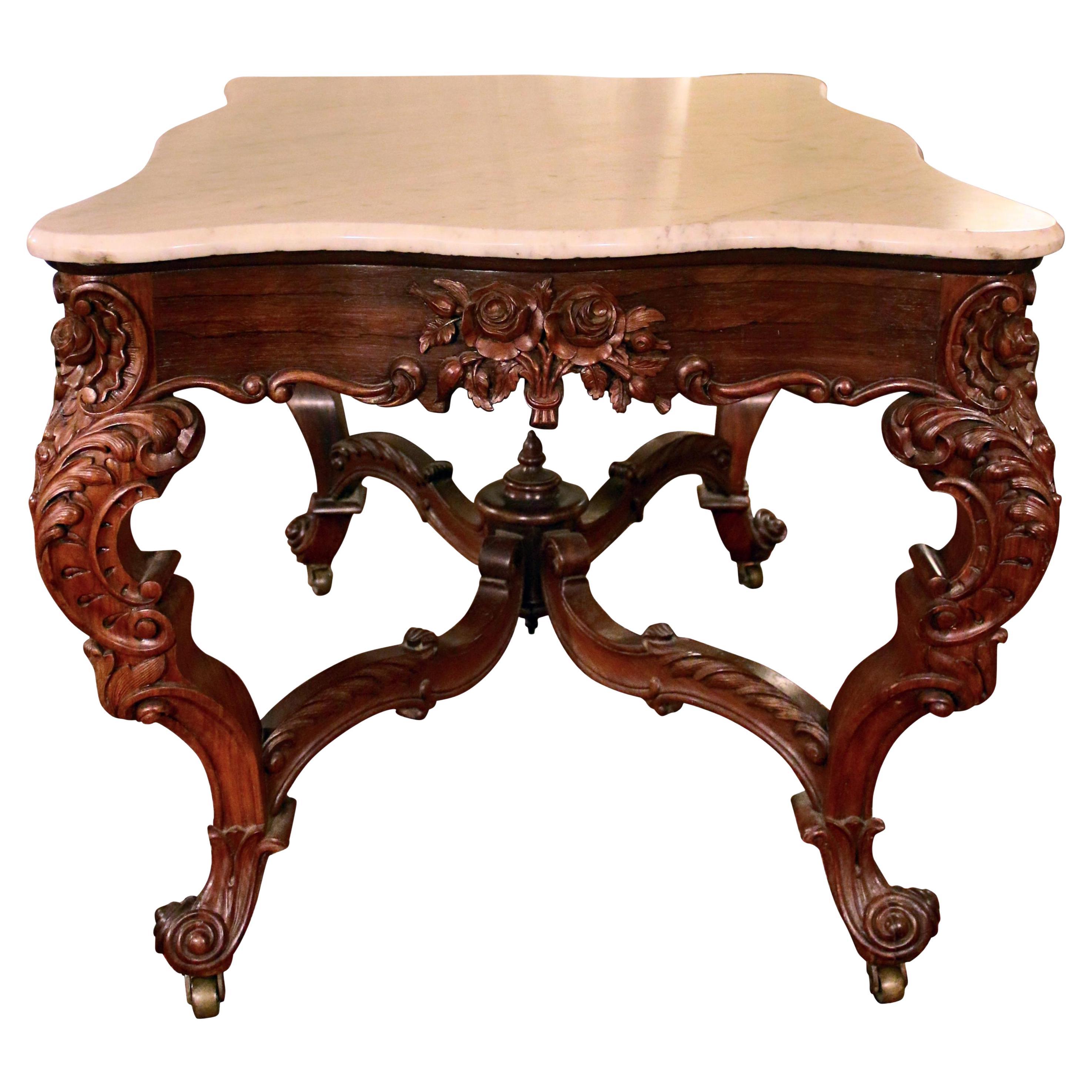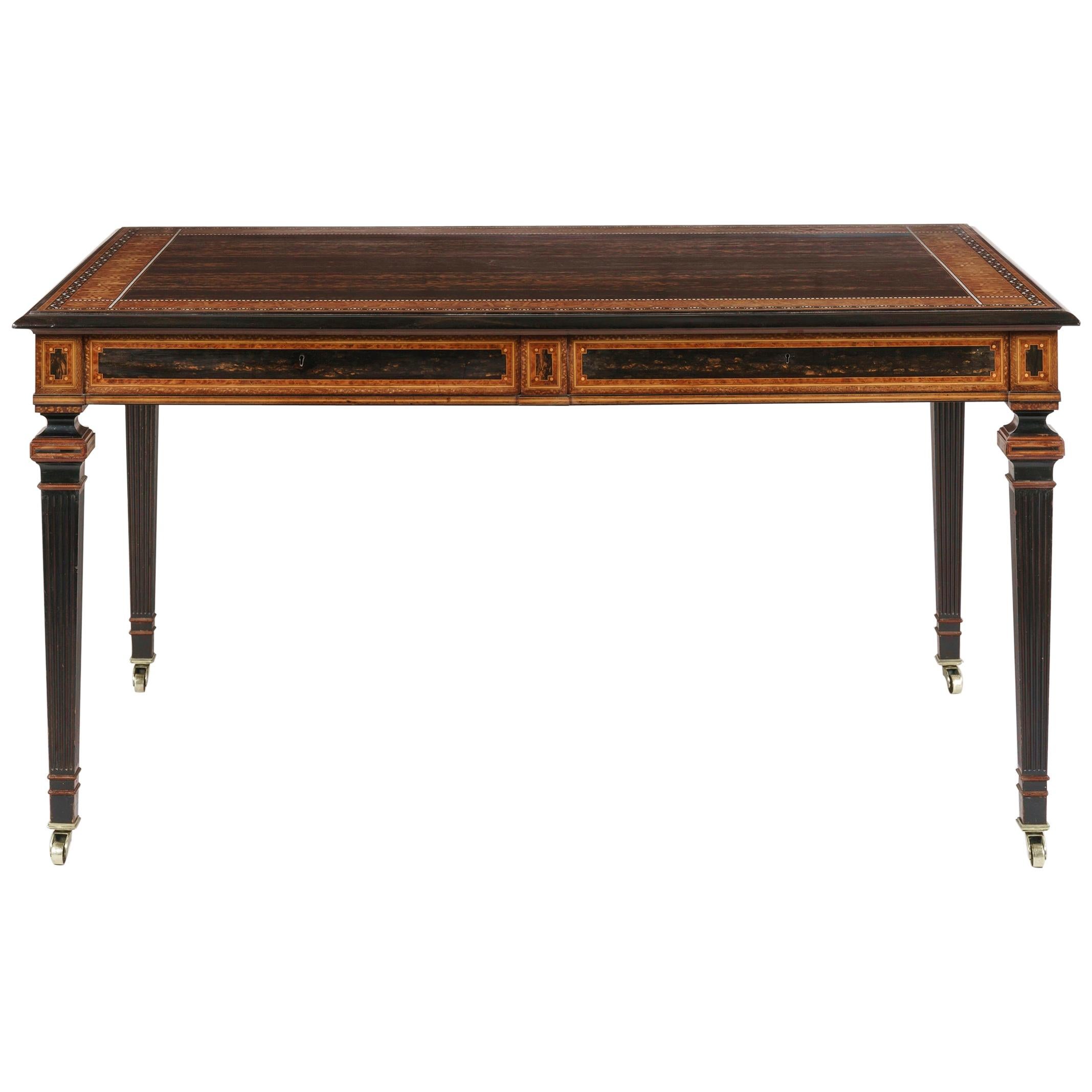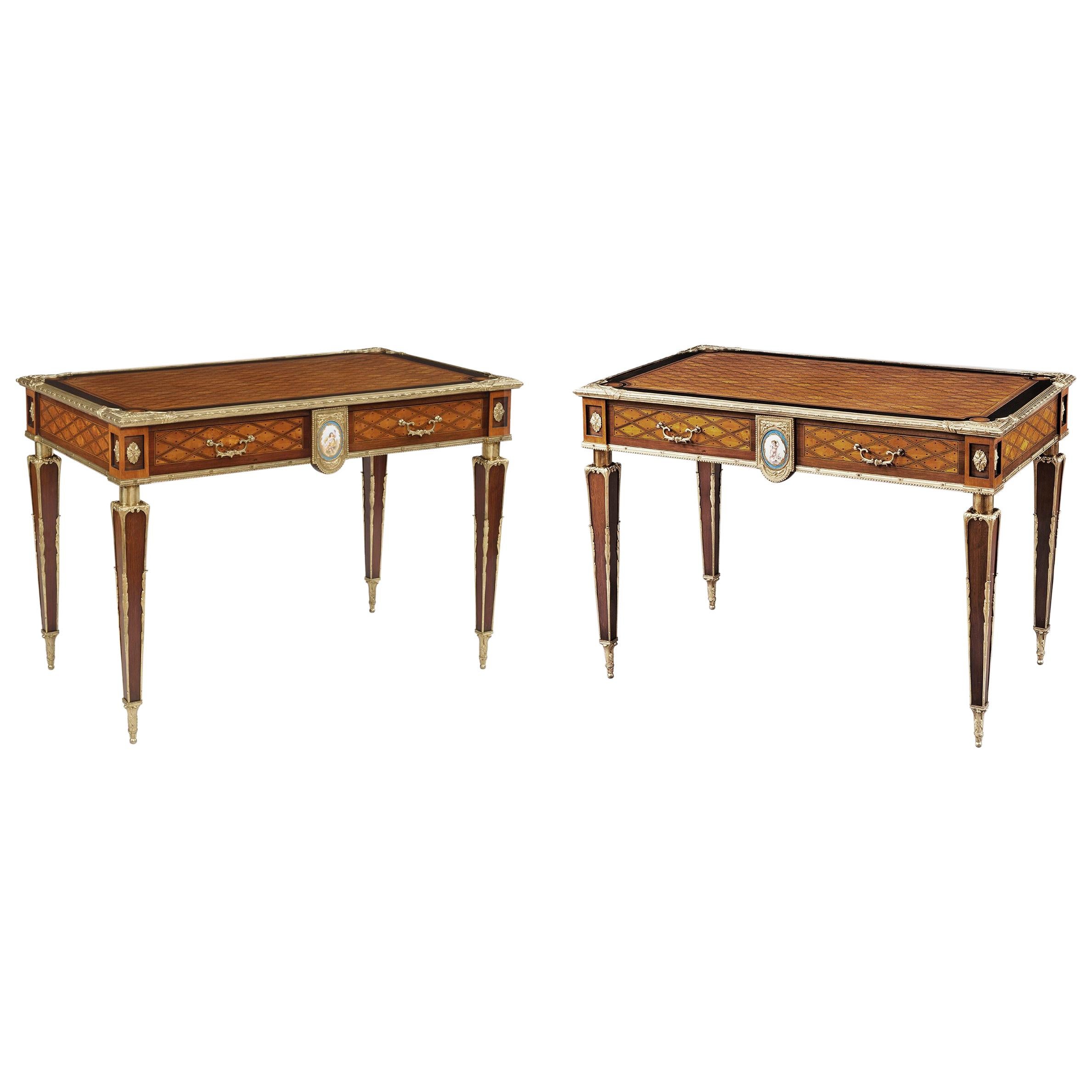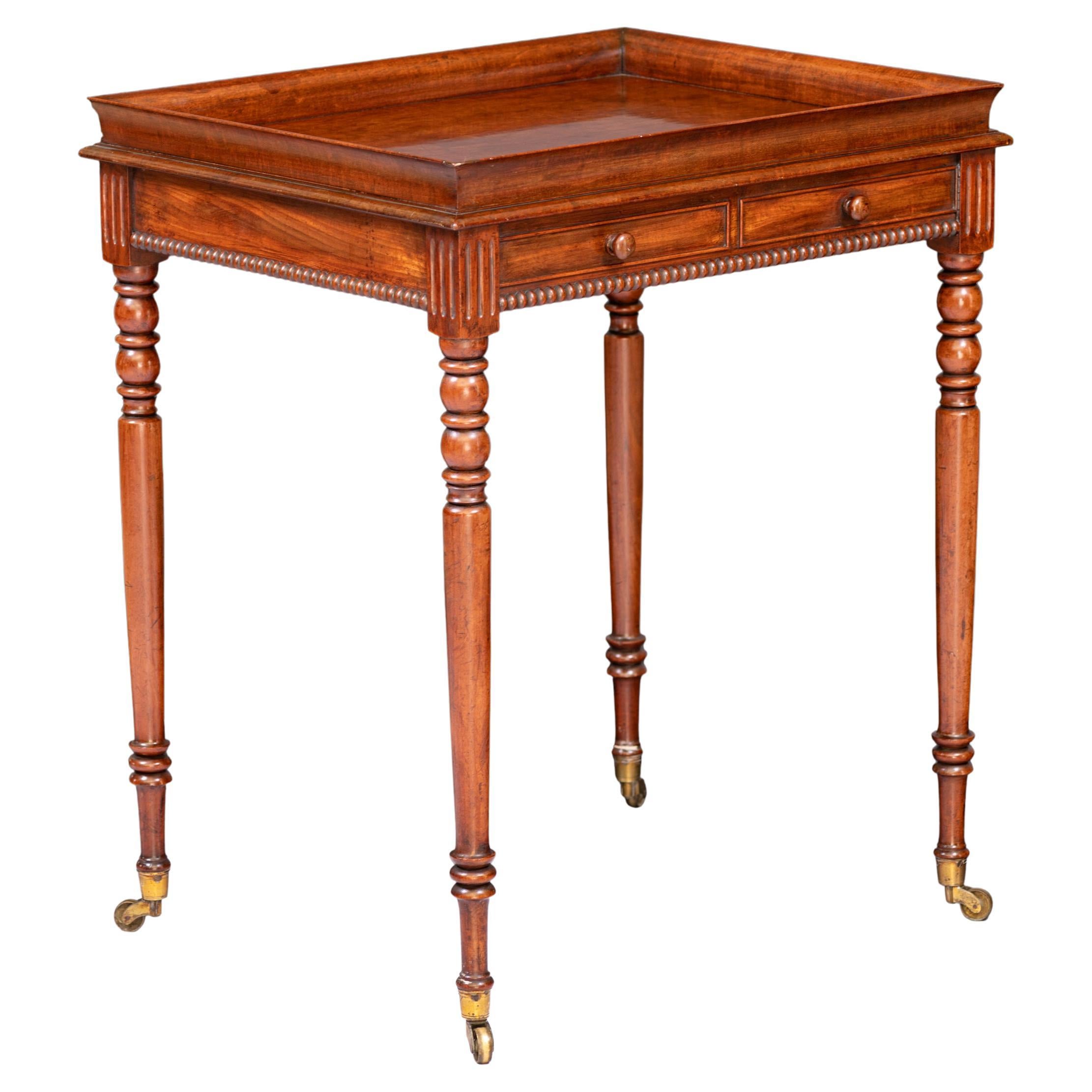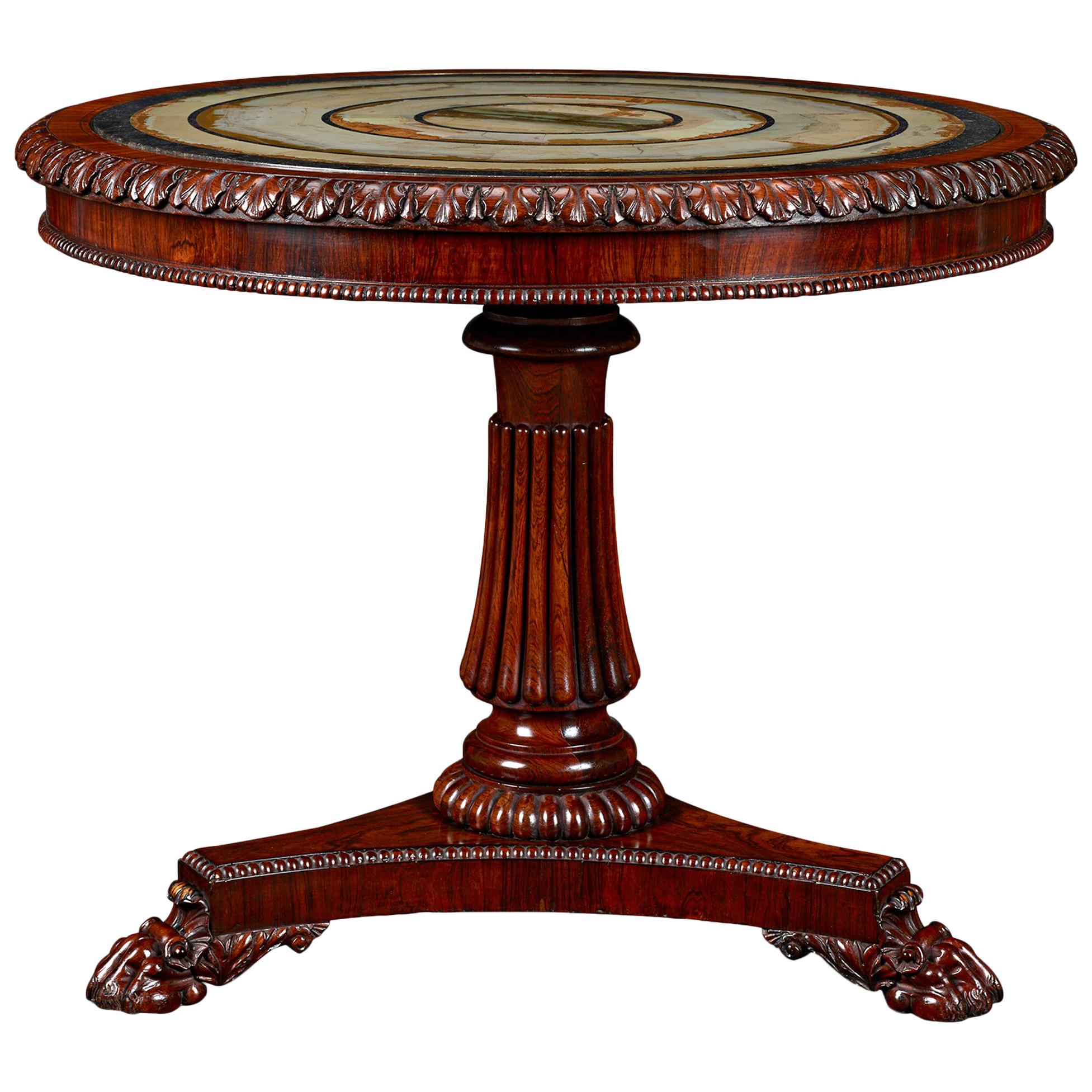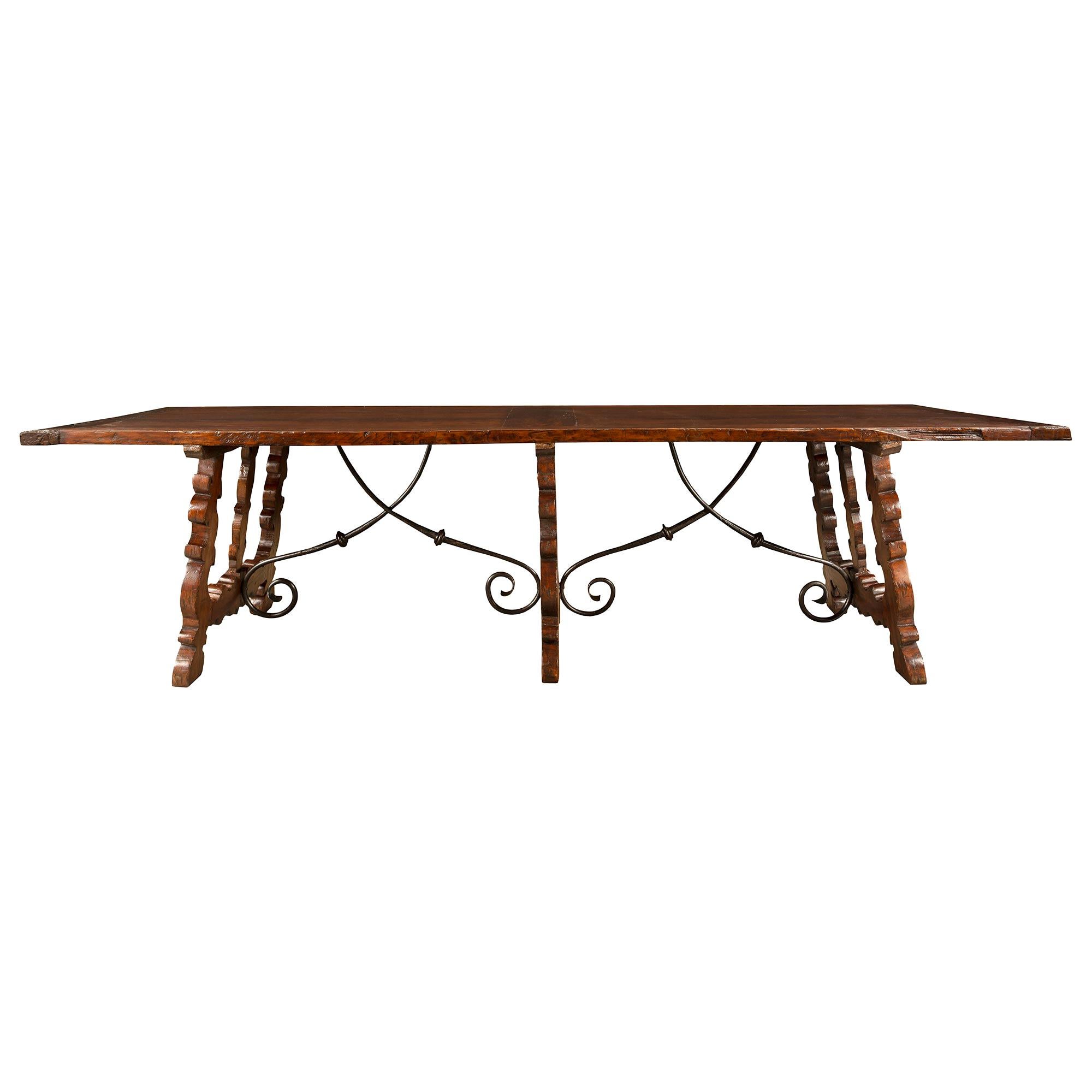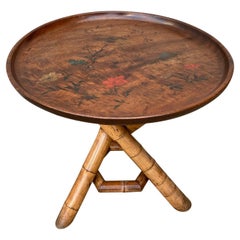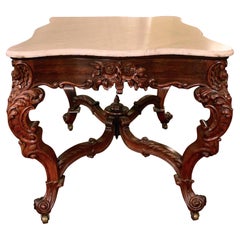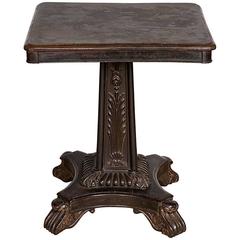
19th Cenutry Colonial Table, Probably from Calcutta Attributed to Lazarus
View Similar Items
1 of 7
19th Cenutry Colonial Table, Probably from Calcutta Attributed to Lazarus
About the Item
- Attributed to:C. Lazarus & Co., Calcutta (Cabinetmaker)
- Dimensions:Height: 28.5 in (72.39 cm)Width: 22 in (55.88 cm)Depth: 25.25 in (64.14 cm)
- Style:British Colonial (Of the Period)
- Materials and Techniques:Hardwood
- Place of Origin:India
- Period:Early 19th Century
- Date of Manufacture:1830
- Condition:Note: Has been sympathetically restored, some markings to top.
- Seller Location:London, GB
- Reference Number:Seller: 32281stDibs: f104261602013967693fs
You May Also LikeView All
- Pembroke Table, Probably 19th CenturyLocated in Greding, DETable with folding sides standing on four tapered legs with casters. The blue painting is new and decoratively patinated.Category
Antique 19th Century Tables
MaterialsWood
- 19th Century Colonial Bamboo Circular Tripod TableLocated in Petworth,West Sussex, GBA large 19th century Victorian period Colonial bamboo circular occasional table. A circular dish top in hardwood with beautifully hand painted decorati...Category
Antique 19th Century British British Colonial Tables
MaterialsBamboo, Hardwood
- 19th Century Rosewood Center Table Attributed to Joseph MeeksBy Joseph MeeksLocated in Savannah, GARococo Revival center table attributed to the prestigious New York firm of Joseph Meeks. Heavily hand carved rosewood featuring floral bouquets and rosettes, graceful serpentine legs...Category
Antique 1850s American Rococo Revival Serving Tables
MaterialsMarble
$10,000 Sale Price20% Off - 19th Century Walnut Serpentine Card Table Firmly Attributed to GillowsBy Gillows of Lancaster & LondonLocated in London, GBA walnut serpentine card table firmly attributed to Gillows Constructed using finely figured Circassian walnut, dressed with gilt bronze mounts; rising from slender kingwood banded ...Category
Antique Mid-19th Century English Louis XV Card Tables and Tea Tables
MaterialsBronze, Ormolu
- 19th Century Coromandel and Inlaid Table Attributed to Jackson & GrahamBy Jackson & GrahamLocated in London, GBA magnificent library table Attributed to Jackson & Graham Of free standing rectangular form, constructed in coromandel, with inlays in thuya, ebony, boxwood, and honeysuckle; the fluted legs rising from square brass castor-shod feet; the frieze housing two lockable drawers fitted with rare ‘tamper proof’ Chubb locks and having quadrant moulded cedar lined interiors; the platform having a central panel of beautifully chosen matched coromandel veneers, with an outer guard border of a running pattern of stylised anthemions; the ebony edges having a thumb nail moulding, circa 1865 The firm of Jackson & Graham established in 1836 by Thomas Jackson and Peter Graham at 37 Oxford Street London, and for the next fifty years produced predominately high quality furniture and represented Britain at many of the international exhibitions. Their clients included Queen Victoria, Napoleon III, the Grand Khedive of Cairo and the royal palace in Siam. They were particularly noted for their fine marquetry work, the use of Wedgwood plaques, rare woods, and fine casting of bronze mounts. They engaged the leading designers of the period, inter alia, Owen Jones, Bruce Talbert, Alfred Lorimer and Eugene Prignot. In the mid-1850s the workforce was recorded as 250, and by 1875, the company was employing 600 workers. They were feted exhibitors at many of the Great Exhibitions of the 19th century, and frequent prize winners. At the Paris International Exhibition of 1878, the furniture jury noted of them ‘ the workmanship is so perfect that even with the aid of a magnifying glass scarcely the slightest imperfection is to be found’. In 1885 the company was absorbed by Collinson and Lock, who continued their standard of excellence. Charles Chubb was apprenticed as a blacksmith before starting business as a ships’ ironmonger in Winchester. Jeremiah soon joined the business, and by 1818 the brothers had branched out into lockmaking, founding the famous Chubb Company. The business really got started when Jeremiah Chubb patented his new ‘detector lock’ in 1818. The lock was constructed so that if someone tried to pick it or open it with the wrong key it became inoperable. To make the lock work again the owner had to use a special key supplied with the lock. The aim of the detector lock was to prevent burglaries, and to warn the owner that someone had tried to break into their property. The lock soon became popular, and sales of the Chubbs’ products increased even more when they won a government competition to design a lock that could only be opened using its own key. After the invention of the detector lock, the Chubbs decided to move to Wolverhampton, which already had an established lock making industry. By 1838 they were making 28,000 locks a year at their Wolverhampton factory. Another product was added to the Chubb range in 1835 when a patent was taken out for a burglar resistant safe, and in 1837 the Chubb safe...Category
Antique 19th Century English Tables
MaterialsBrass
- A Fine 19th Century Irish Library Table Attributed to Gillingtons of DublinLocated in Dublin, IEA very fine 19th Century Irish solid mahogany library table with a Strahan storage label and drawers numbered but attributed to 'Gillingtons of Dublin', of exceptional quality and fi...Category
Antique 19th Century Irish Tables
MaterialsBronze
